
Landmark randomised controlled trials have advanced the understanding and treatment of glaucoma.

Landmark randomised controlled trials have advanced the understanding and treatment of glaucoma.

The glaucoma treatment company rebrands to align more closely with goals and direction of the company.

A new MRCS ophthalmology examination will be offered to ICO College Members beginning in 2022.
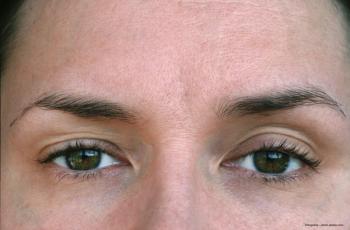
Investigators found that 56.4% of Horner’s syndrome cases resulted from a dangerous cause.

In endophthalmitis, the systemic anti-infective treatment specific to the infectious agent should always be used.
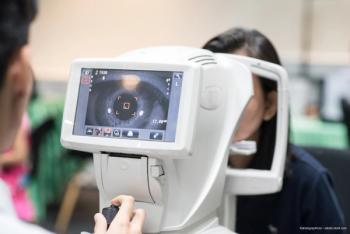
According to researchers, fluorescence lifetime imaging ophthalmoscopy reveals disease-related patterns not visible with other imaging modalities.

A recent retrospective analysis of LASIK and PRK patients helped to provide insights into patient satisfaction postoperatively. Such analyses might lead to improved patient outcomes.

One ophthalmologist provides her pearls for managing cases of prolapsed iris and reconstructing it following trauma.
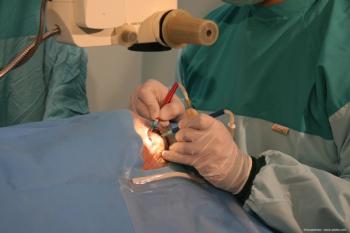
Surgeons now have an increasing range of technologies for modulating phaco power to achieve the best results in cataract surgery.
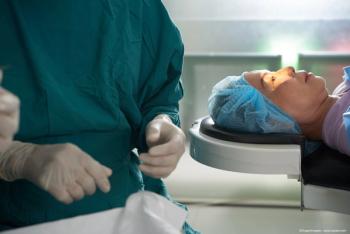
Minimally invasive glaucoma surgery (MIGS) is appealing to glaucoma patients and surgeons; however, it should not be adopted without further high-quality research and careful reporting. Selection of the appropriate treatment for individual patients must be evidence based.

Orthokeratology and multifocal contact lenses provide clinically meaningful reductions in progression of myopia, research shows, but some questions, such as the ideal treatment duration, remain unanswered.

Ophthalmology, with its heavy reliance on imaging, is an innovator in the field of artificial intelligence in medicine.

A one-piece, hydrophobic, monofocal IOL uses the small-aperture concept to provide a good alternative to the toric IOLs currently available.
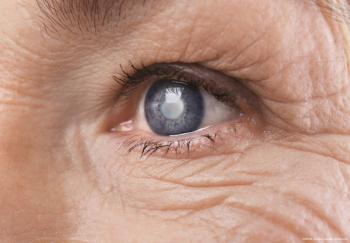
Two randomised controlled trials, EMGT and UKGTS, have examined the factors affecting the risk of glaucoma progression. Global target IOPs are not the best option for all patients.
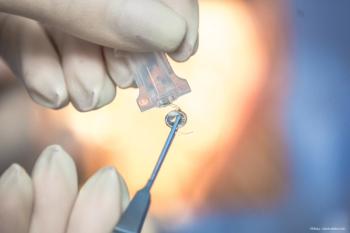
According to the company, more than 400 eyes of patients from 12 European countries have been fitted with the TECNIS Eyhance Toric II IOL, with surgeons surveyed noting that their patients are pleased with the results.

It is widely accepted that patient selection is the key to success with premium IOLs. However, with care, premium IOLs can be implemented in challenging cases.

PDUFA action date of October 30, 2021, is assigned for investigational therapy with a proposed indication of treatment of macular edema associated with uveitis.
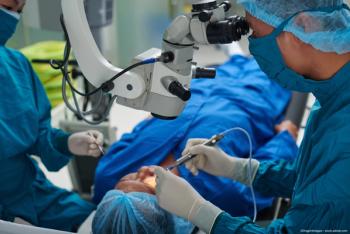
Careful study of ocular anatomy can help surgeons avoid problems related to glaucoma procedures and achieve better results for patients.
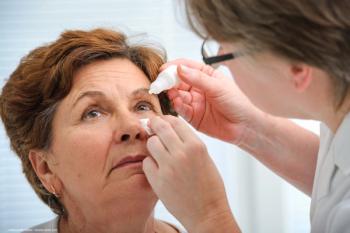
Whilst endophthalmitis following cataract surgery can lead to serious vision outcomes, there are ways of minimising the risk of it occurring whilst also being mindful of the need to prescribe antibiotics in a way that does not worsen antimicrobial resistance.

Investigators are conducting retinal gene therapy trials that offer potential new treatments for inherited causes of vision loss.

Research teams in various countries are pioneering different methods of data processing and deep-learning AI to create new models of care.
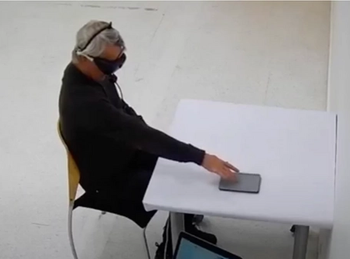
An international research team has shown that optogenetic therapy has helped to partially regain visual function in a patient with retinitis pigmentosa. This is a milestone towards a gene therapy that could restore vision.

Vyluma Inc. will focus on the development and commercialization of therapies to treat ophthalmic diseases, including paediatric myopia.

After a US District judge rules against request for preliminary injunction, Johnson & Johnson Vision moves forward with litigation in several countries, including the United States, to resolve intellectual property disputes against Alcon.

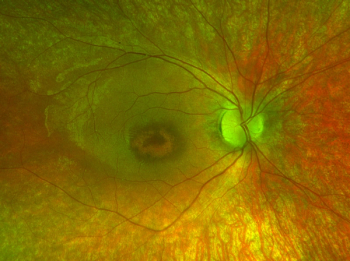
In a presentation at ARVO, Friederike Kortuem, MD, MSc, explains that treatment with voretigene neparvovec-rzyl led to a short-term change in the foveal morphology in a patient with visual impairment that included nyctalopia and decreased visual acuity in early childhood.

Joseph Grieco, PhD, notes that treatment fills a gap for patients who are unresponsive to the standard treatments for noninfectious keratitis.
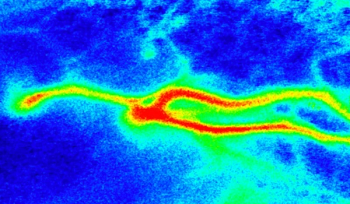
Non-invasive ocular blood flow measurement using laser speckle flowgraphy may be a new indicator of shock-related organ damage, investigators report.
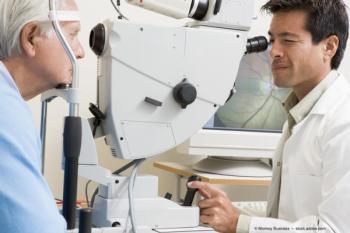
During a presentation at the ARVO virtual meeting, Lloyd Paul Aiello, MD, PhD, explains that a key hurdle for diabetic retinopathy is the lack of patient awareness, which is a substantial contributor to non-adherence to eye care guidelines and poor outcomes.

During an ARVO presentation, Paul Yang, MD, PhD, explained that in a clinical trial, investigators used an adeno-associated viral vector to deliver a normal functioning copy of the RPGR gene via subretinal injection.